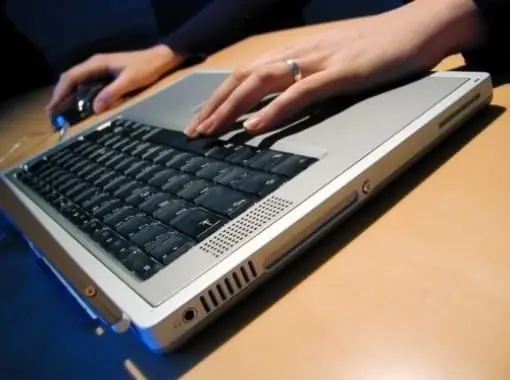Strong heating of such PC components as the motherboard and processor negatively affects its performance and operability, and therefore monitoring the temperature inside the system unit is of great importance. Each PC has special sensors that are responsible for measuring the temperature. You can find out the temperature of the processor and motherboard both with the help of special programs and through the BIOS.

Instructions
Step 1
Enter the BIOS when booting the PC by pressing the appropriate key before the operating system starts to load. Typical keys for entering BIOS on most PCs are F2, F10, or Del (usually the correct key is displayed at the bottom of the POST Screen). If the key is pressed untimely, the OS will start loading, in which case the operation should be repeated. When using Windows 8, you can get into the BIOS in another way: open the "Shutdown" menu, hold down the Shift key and click "Restart".
Step 2
Open the Hardware Monitor submenu, which is usually located on the Power menu. This submenu has different names in different BIOS versions, the most common of which are PC Health, H / W Monitor, and Status. In the window that appears, you can see the parameters you need. The CPU temperature will be displayed in the CPU Temperature line, and the motherboard temperature in the MB Temperature. Perhaps in this menu you will also see the temperature inside the system unit.
Step 3
Each CPU model has its own temperature limit, but most of them do not exceed 75 ° C (167 ° F). To be sure, check the documentation for the CPU and motherboard. But it should be understood that if the temperature of the processor at low workload exceeds 60 ° C (140 ° F), you need to take a number of measures to reduce it, namely, clean the system unit from dust, which makes it difficult for air to circulate inside it, and change the thermal paste.
Step 4
If this does not help, then it is worth considering buying a more efficient cooling system. By the way, the problem may lie not only in the cooling system, but also in the equipment itself, since PC components tend to overheat after prolonged use. It happens that there is no other way but to replace old components. It should also be borne in mind that when the user uses the BIOS, the PC does not perform complex calculations, during which the temperature of some components, in particular the central processor, rises significantly.
Step 5
Press Esc to exit the BIOS and, if required, confirm your intention with the Y key, then press Enter. Remember that if you are an ordinary user, then you should not make any changes in the BIOS environment, as this can result in both unstable operation of the PC and its complete inoperability.






